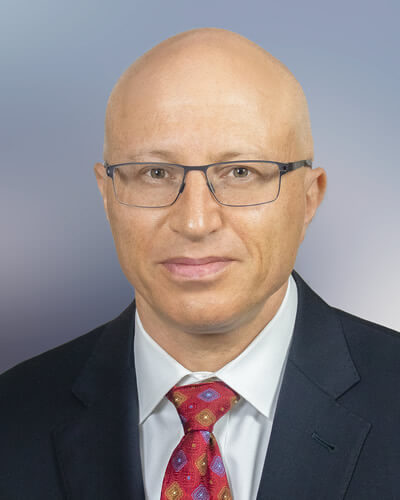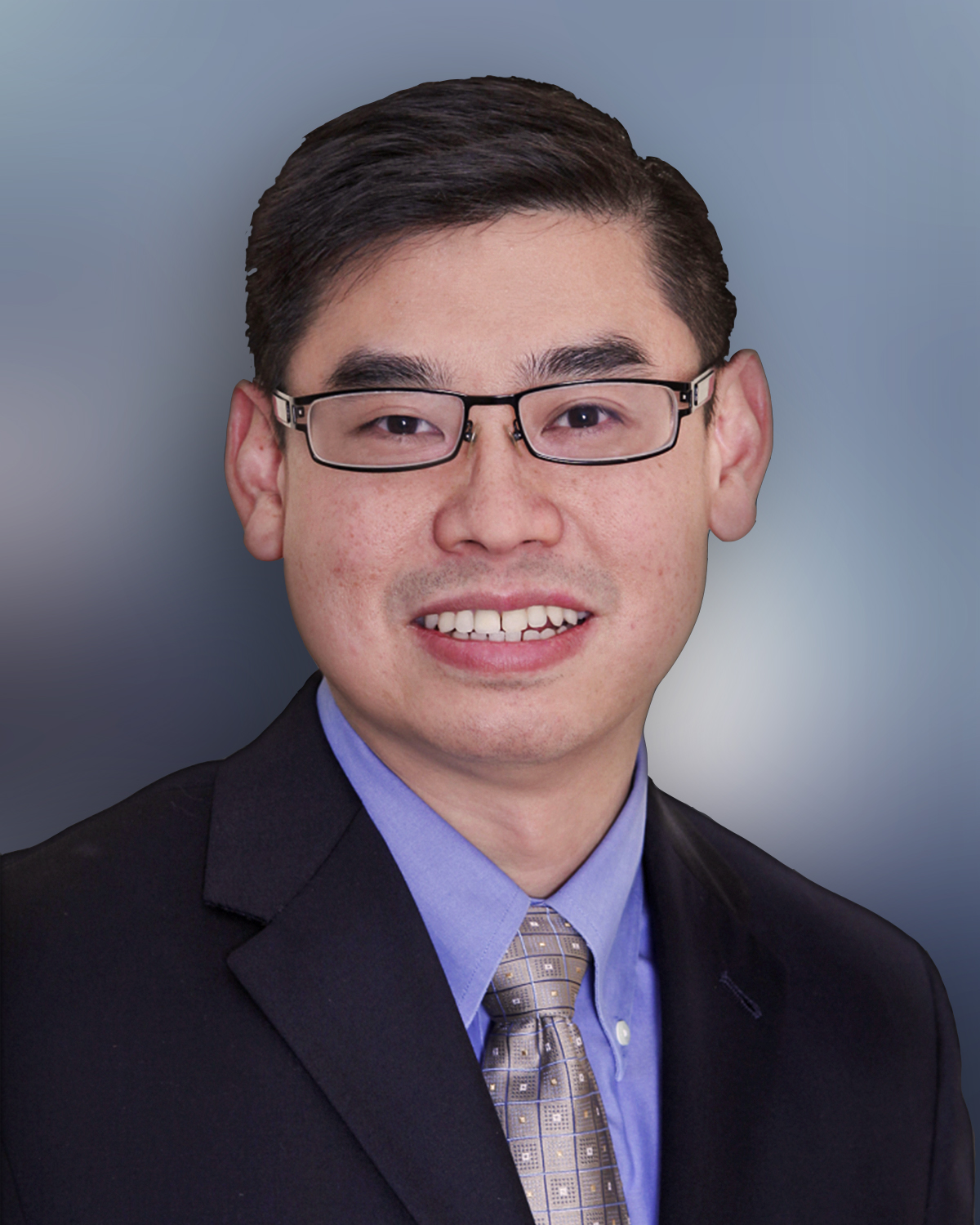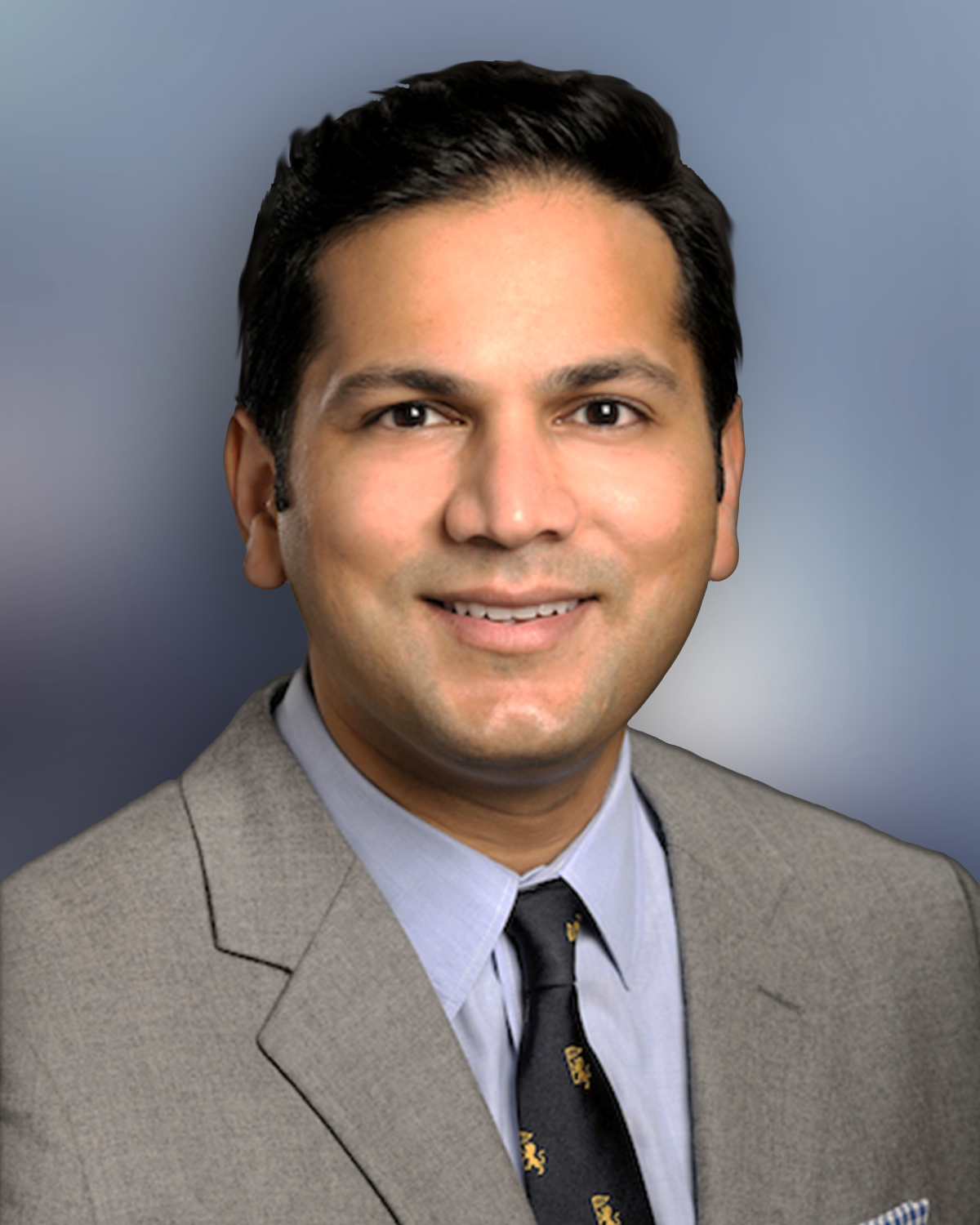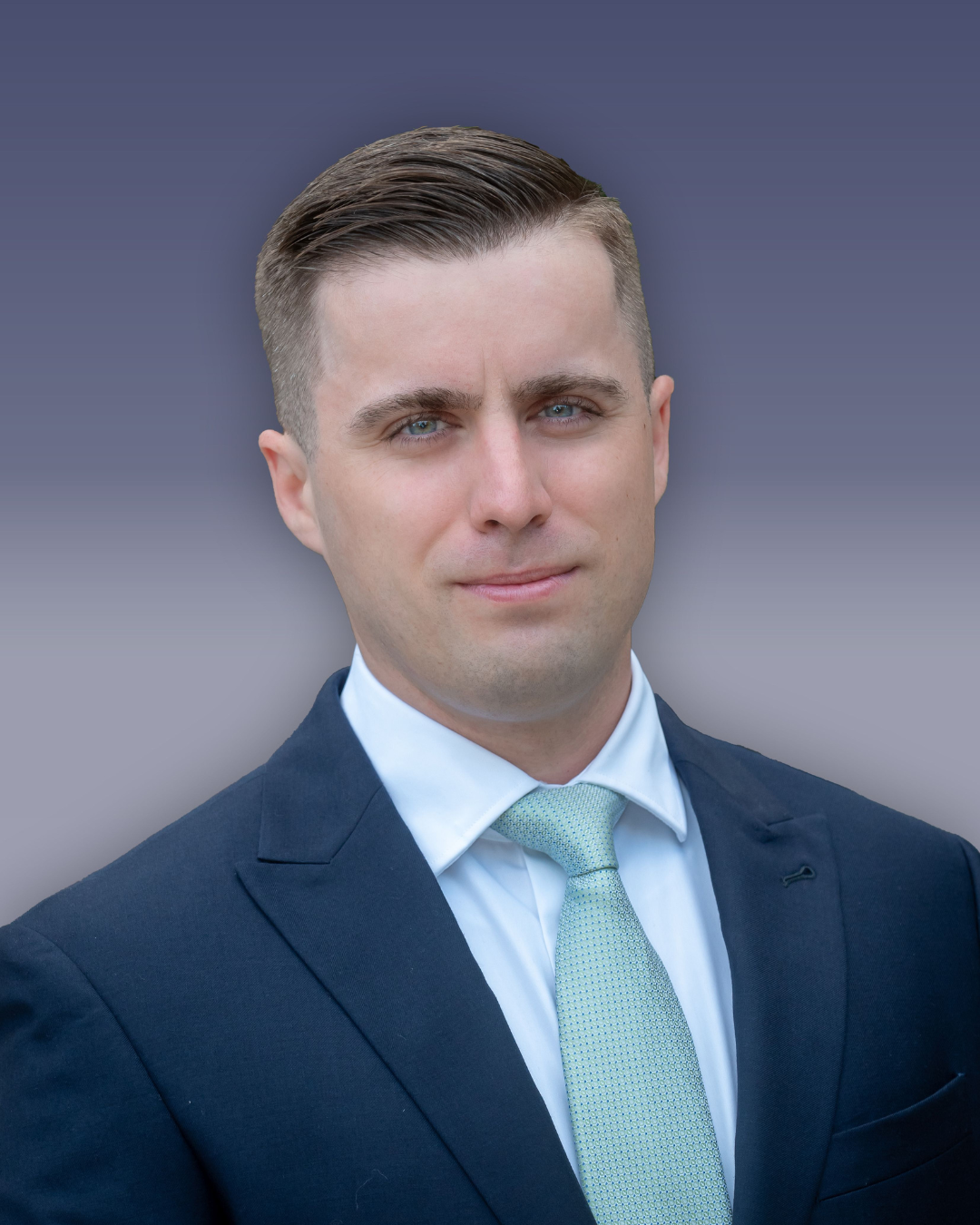Spinal Stenosis: Doctors, Causes, Symptoms & Treatments
What is Spinal Stenosis?
Spinal stenosis is a narrowing of the space inside the spine that can put pressure on the nerves within the spinal canal.
Meet Our Spinal Stenosis Specialists in New Jersey
Our spine specialists at Seaview Orthopaedics treat spinal stenosis frequently, as it is a very common condition affecting the neck and back. If you are diagnosed with spinal stenosis, our spine surgeons, Dr. Goldberg, Dr. Hoan-Vu Nguyen, Dr. Praveen Yalamanchili, and Dr. Vincent Buddle will work with you to find a treatment option that works best for you, whether it involves surgery or nonsurgical methods.
Schedule An Appointment with Our Spinal Stenosis Specialists
Causes and Symptoms of Spinal Stenosis
Spinal stenosis most often develops due to degenerative changes in the spine, such as with osteoarthritis or degeneration. These changes can narrow the spinal canal, eventually putting pressure on the nerve roots. Disc herniations can also cause spinal stenosis.
Degenerative spinal stenosis is more common than you might think. By the age of 50, 95 percent of people will experience degenerative changes in the spine. However, not everyone experiences symptoms.
Symptoms of spinal stenosis are similar to other common spine conditions, so it is important to get a proper diagnosis so that you can start the right treatment plan. In the neck, spinal stenosis can cause neck pain and radiating pain, weakness, numbness, and/or tingling in the arms or hands. In the back, spinal stenosis can cause back pain and radiating pain, weakness, numbness, and/or tingling in the legs or feet. Many patients with spinal stenosis in the lower back are limited in their ability to walk, whereas leaning forward or sitting improves the symptoms.
In severe cases, spinal stenosis can cause loss of bladder or bowel control. If you experience this, seek immediate medical attention.
Treatments for Spinal Stenosis
In some cases, spinal stenosis symptoms can be managed with nonsurgical treatments. However, if symptoms persist, surgery may be considered. At Seaview, we offer a full range of treatment options for spinal stenosis, including pain management services and surgical solutions with our spine surgeons, Dr. Goldberg, Dr. Nguyen, Dr. Yalamanchili, and Dr. Buddle.
Nonsurgical treatment for spinal stenosis may involve anti-inflammatory medications and steroid injections to decrease pain and inflammation of the nerve roots.
Physical therapy, offered at all six of our office locations, is also helpful for some patients. Many patients with back pain try to reduce their activities in an effort to reduce their pain, but that can lead to muscle weakness, which can instead increase pain. Physical therapy can improve strength, endurance, and balance while helping you maintain flexibility in the spine.
If an extended period of nonsurgical treatment does not improve symptoms, surgery may be considered.
At Seaview, our spine surgeons offer a few different surgical approaches for spinal stenosis. Your surgeon will review your options with you to help you choose what is best for your lifestyle and current condition.
The most common surgical procedures for spinal stenosis include laminectomy, laminotomy, or discectomy. Sometimes, spinal fusion is performed if additional stability is required.
During a laminectomy, also called a decompression, your surgeon will remove any bone, bone spurs, or ligaments that are putting pressure on the nerves. The back part of the vertebra, called the lamina, is also removed. In some cases, a spinal fusion may also be performed to maintain stability in the spine.
Similar to a laminectomy, a laminotomy involves removing a portion of the lamina just large enough to relieve pressure on the nerve root, rather than removing the entire lamina.
In some cases, spinal stenosis procedures can be completed using minimally invasive techniques, which can reduce recovery times.
Spinal Stenosis Surgery Recovery
After surgery, the recovery process can vary based on the type of procedure chosen by you and your surgeon. Procedures involving a spinal fusion will typically have longer recovery times, as it can take several months for the bones to completely fuse together. Generally speaking, most patients are able to return to all normal activities within a few months of surgery.
Spinal Stenosis Treatment in Central New Jersey and Jersey Shore
Whether you need surgical or nonsurgical treatment for spinal stenosis, the experts at Seaview are here to help. We have pain management specialists on staff in addition to our spine surgery team. Our spine specialists, Dr. Goldberg, Dr. Nguyen, Dr. Yalamanchili, and Dr. Buddle will work with you to determine the best course of action for your lifestyle. To schedule an appointment, please call our office at (732) 660-6200 or Book Appointment online.
Schedule An Appointment with Our Spinal Stenosis Specialists





